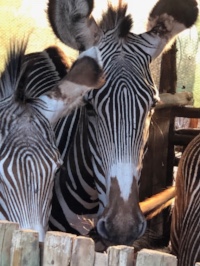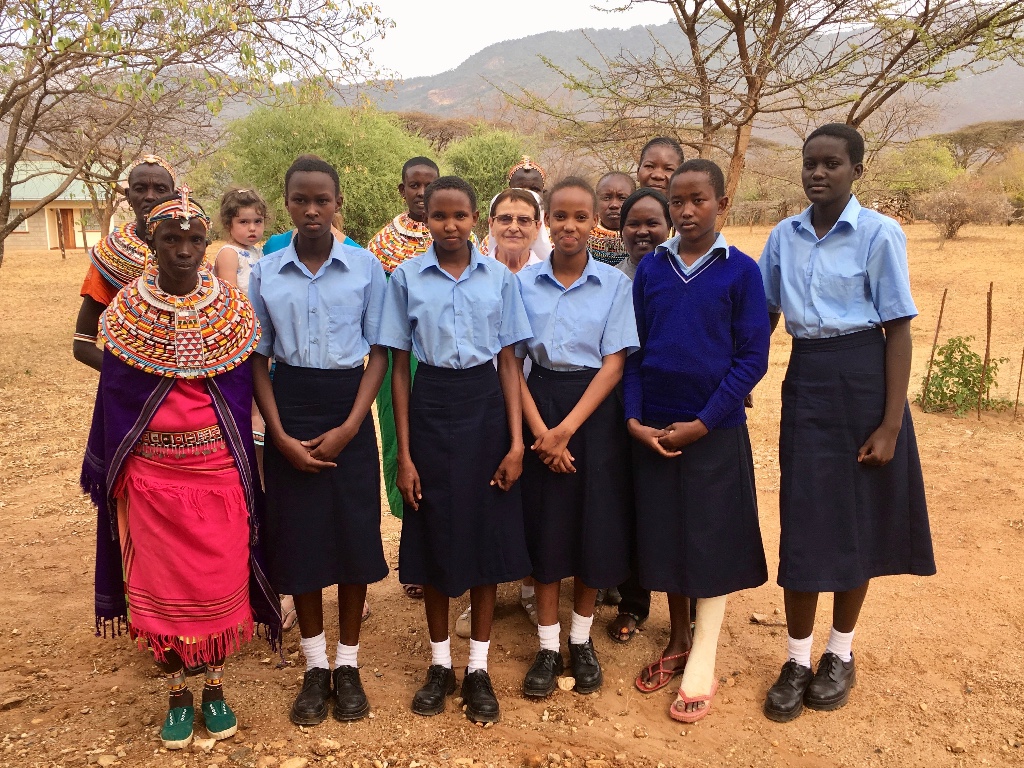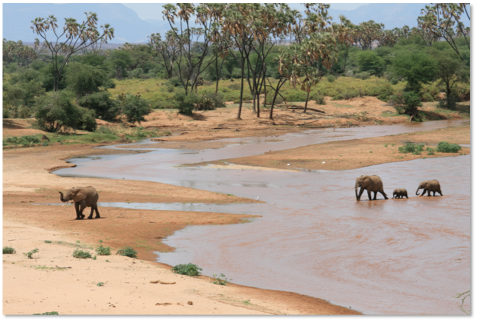Today we need to connect to things that are real and uplift our spirts. The Grevy's Zebra Scout Ladies are just that. The Grevy's Zebra Trust conserves the endangered Grevy's zebra and its fragile habitat in partnership with communities. The scouts monitor them with GPS recordings of their findings. There are estimated to be just over 3000 today. WWW supports the 19 women scouts. These ladies are part of the WWW Nkirreten Project which is equipping local women with the skills to produce their own reusable sanitary pads. It also ensures that girls are not missing out on school due to lack of sanitary pad supplies.
Congratulations to Ngeeti Lempate known as 'Mama Grevy'. She won the 2017 Disney Conservation Hero Award in recognition of her incredible 15 year career as a Grevy's Zebra Scout
“I am so happy and lucky to receive this Disney Award. It means a lot, and it has made me see the importance and contribution of my work to the world in conservation. It is also a celebration not only for me but also for my community - for their support and the chance they gave me to realize my potential in conservation.”
Retetti, in northern Kenya is the first community owned elephant sanctuary in Africa. These two Grevy's live there too. I met them a year ago when they had just been rescued. Look at them now. They will soon be released into the wild. Another success story.
WWW Scholarship Program
WWW supports 5 girls who attend boarding school in Wamba, northern Kenya. It is such a privilege to visit them and see the strict but inspiring atmosphere they live in. Not only do we have the sanitary pad project but also this. The most important thing we can do is keep girls in school. It only takes $1,000 a year to change one life.
I thank all of you who make the work of WWW possible. I hope you feel inspired too!





